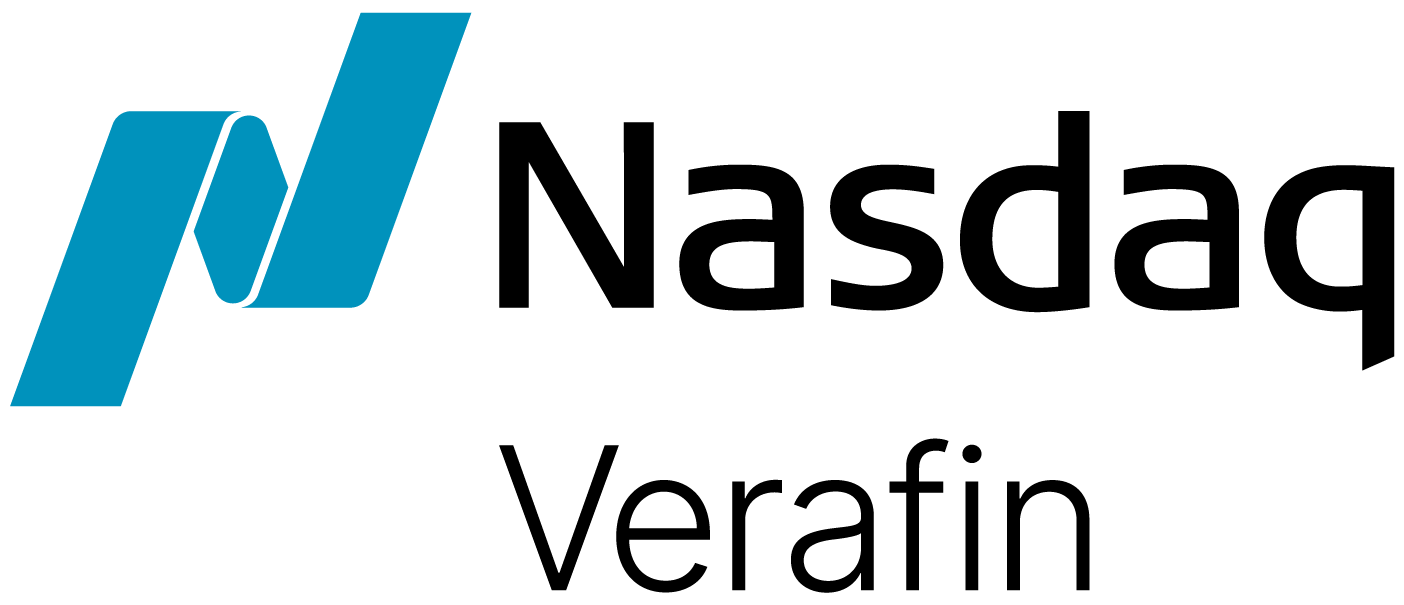The countdown to compliance with the new Nacha rules is on. With the March 20 deadline fast approaching, financial institutions must act immediately to meet new requirements designed to combat the growing threat of ACH fraud. Implementing a robust ACH fraud solution will help institutions respond quickly and avoid potential non-compliance penalties.
Consumer scams continue to evolve in sophistication and scale — to the tune of $43.6B annually across the globe. The rule changes are part of a growing emphasis from payment processors and governments to engage financial institutions in the fight against these egregious crimes.
Why Early Compliance with Nacha Rules Matters
Nacha’s new rules address the challenges of detecting fraudulent transactions authorized through social engineering and other typologies that target ACH payments. The updates require Receiving Depository Financial Institutions (RDFIs) and Originating Depository Financial Institutions (ODFIs) to more rigorously assess both sides of an ACH payment. This includes analyzing all 17 monetary Standard Entry Class (SEC) codes — strengthening ACH fraud detection across the transaction lifecycle.
Meeting these requirements effectively and accurately will take time: from performing a gap assessment, to updating systems and internal policies. Early preparation will better-position you to protect customers sooner, and avoid potential fines and penalties associated with non-compliance.
Your Checklist for Nacha Rules Compliance
The first step for institutions in scope of Nacha’s new rules is to review them to understand what’s changing in March 2026. This will enable you to evaluate current ACH fraud monitoring controls and identify gaps that need attention. If your institution sends and receives payments, you must be ready for process changes to both incoming and outgoing ACH payments.
The following steps can help you identify the best path to compliance for your institution.
RDFI Monitoring
- Implement risk-based monitoring to flag suspicious incoming ACH credit entries.
- Collaborate with receivers and ODFIs to align on risk and recovery strategies.
- Review and update policies as part of your annual ACH audit.
ODFI Monitoring
- Establish or refine processes for monitoring suspicious ACH credit and debit entries.
- Work with originators and RDFIs to ensure consistent ACH fraud detection and recovery.
- Audit and update procedures regularly to stay aligned with Nacha’s expectations.
Completing these steps in time for the March 20 deadline is a major task. However, the ongoing risk-based monitoring requirements will increase the amount of time you spend reviewing alerts in an ongoing capacity — unless you have a technology solution that mitigates false alerts while identifying high-risk payments.
Strengthening ACH Fraud Defenses
The upcoming changes emphasize a comprehensive approach to ACH fraud detection across the entire transaction lifecycle. Institutions need to monitor transaction conditions such as SEC code alignment, unusual dollar amounts, suspicious payees and account age.
While these requirements will help reduce the risk of Business Email Compromise (BEC) and other sophisticated authorized push payment frauds, meeting them will be difficult for institutions to do without a third-party technology solution.
Consortium data, paired with cross-channel intelligence, will help you quickly get ready for the new Nacha rules, allowing you to align Standard Entry Class (SEC) codes with expected transaction types, and analyze behavioral data for a complete view of both payor and payee sides of ACH transactions. This will also help mitigate the inevitable increase in false positive volume.
Nasdaq Verafin offers an ACH solution powered by analytics from 2,600 customer partners and over 725 million counterparties. Visit our website to learn more about how we will quickly help you meet the new Nacha requirements.


